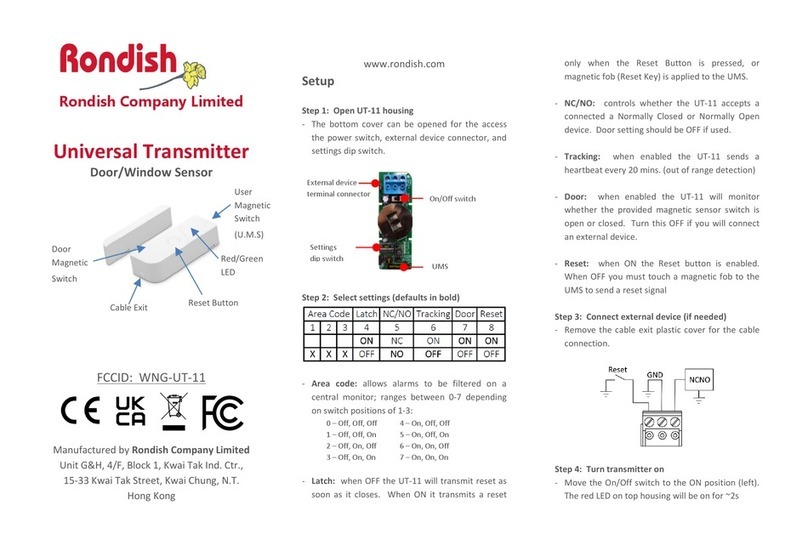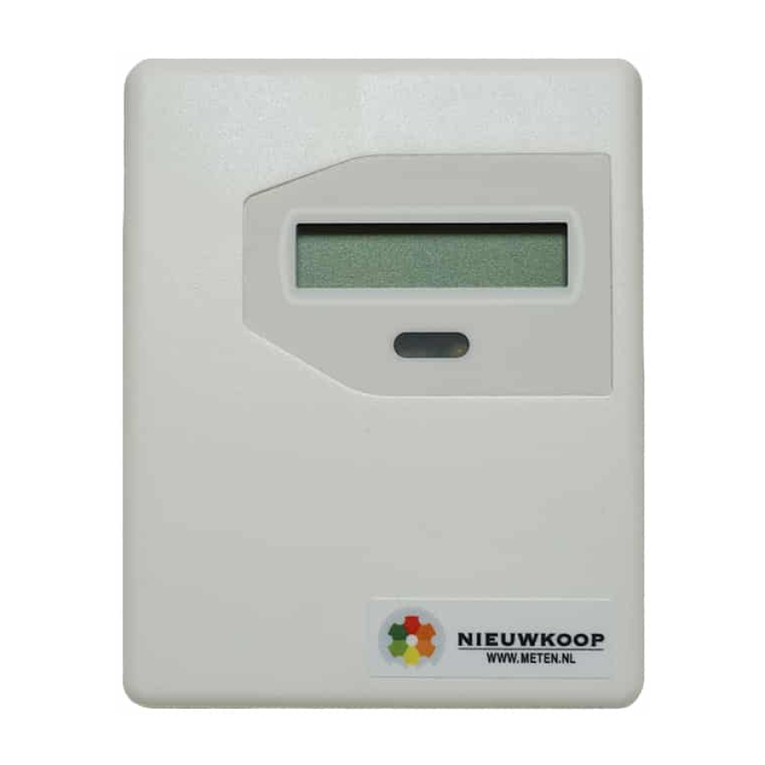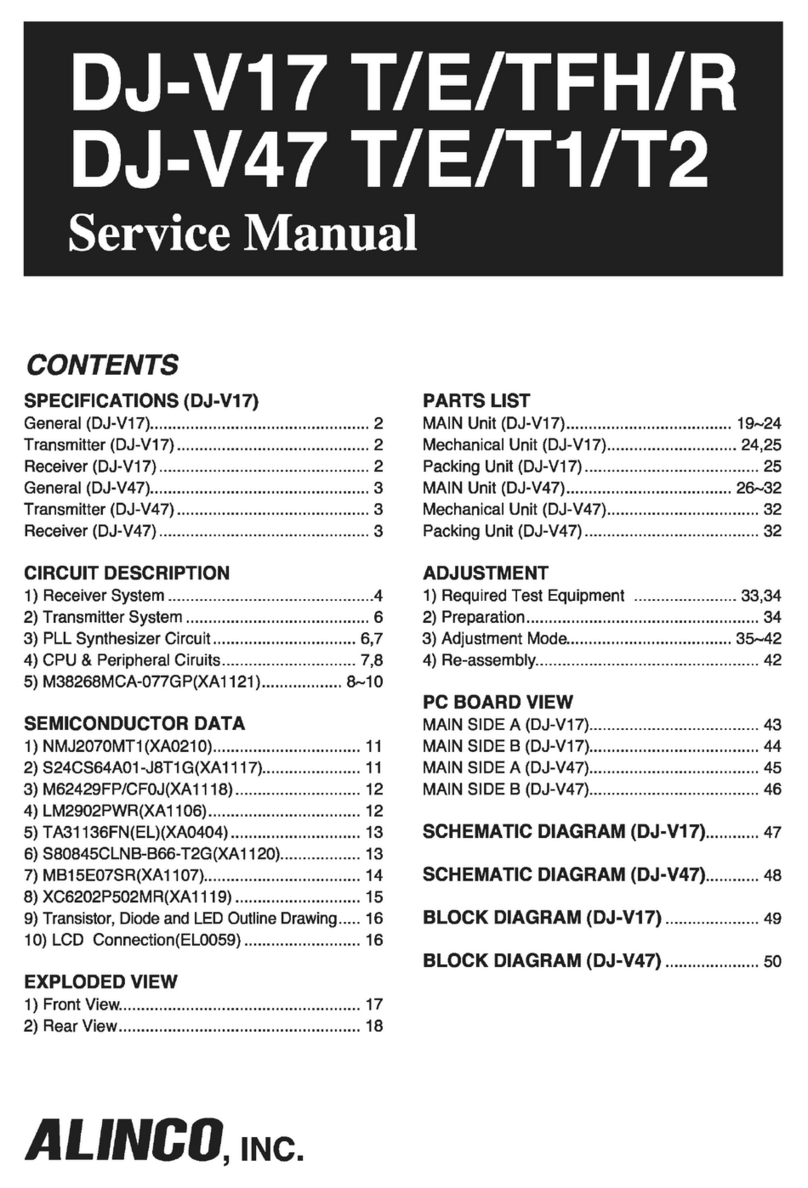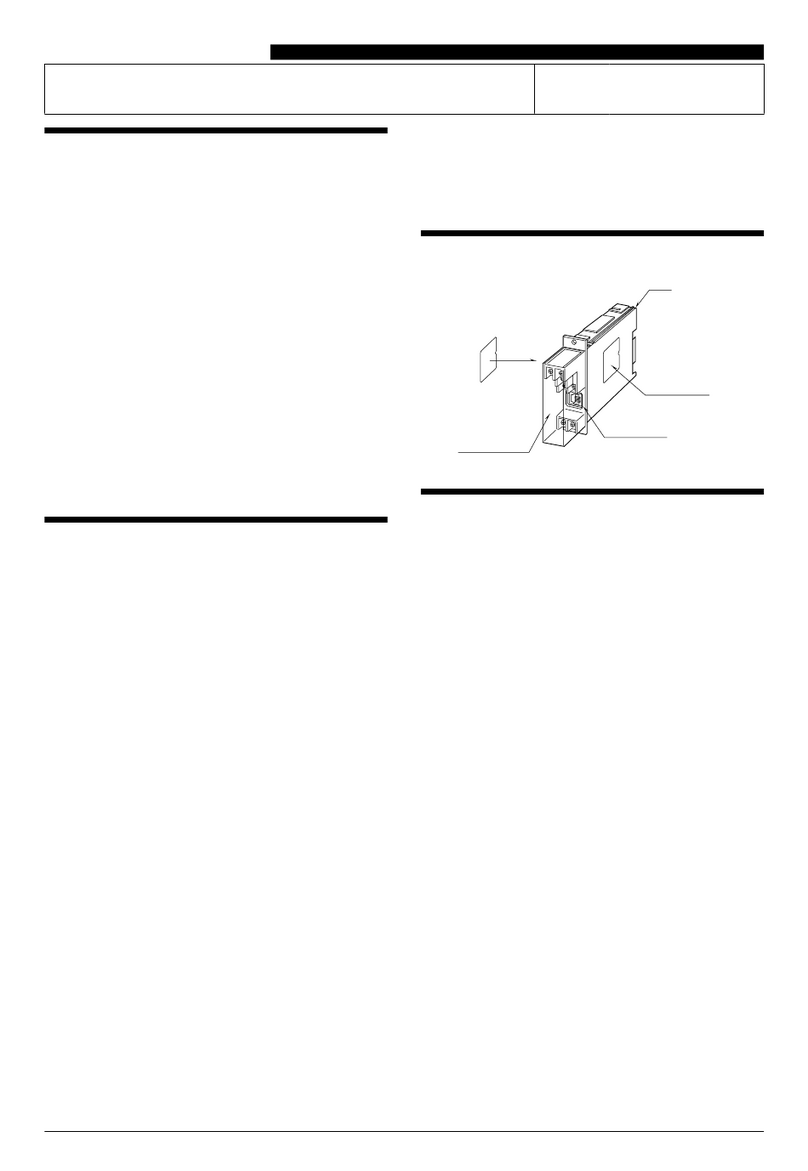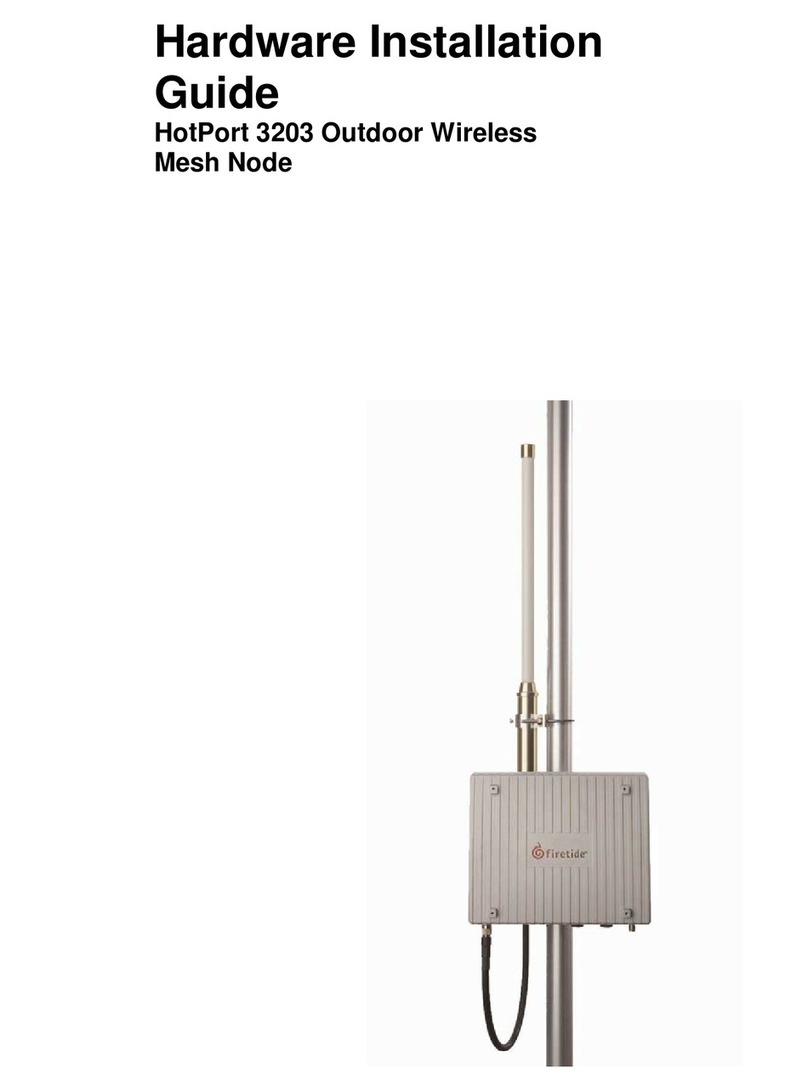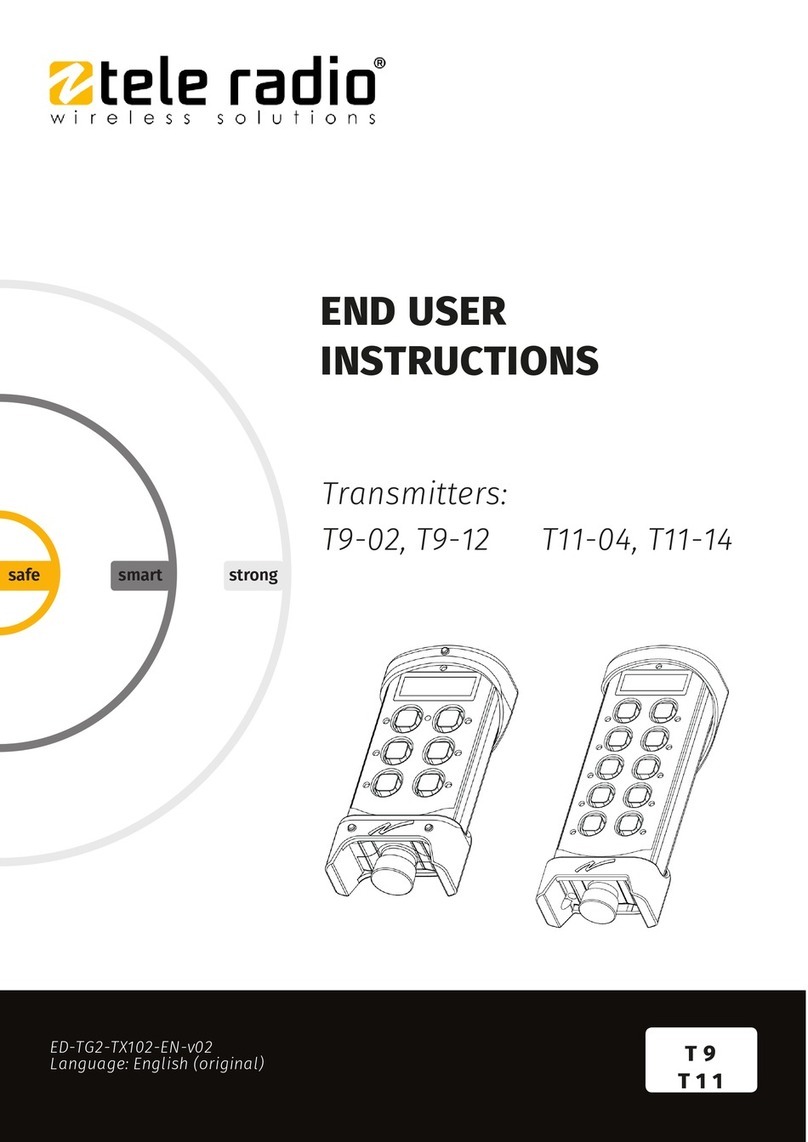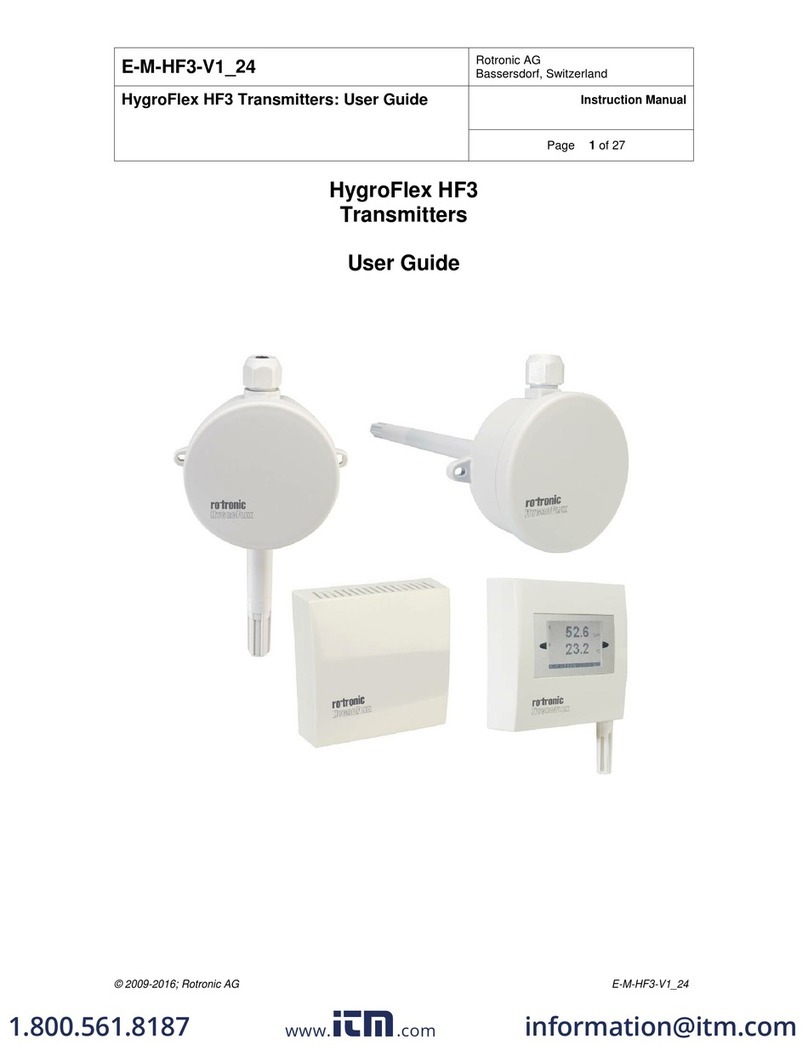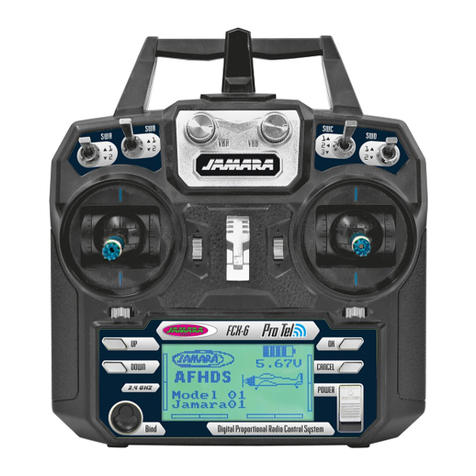
EC3000
EC-TRANSMITTER
_____________________________________________________________________________________________
2
Conductivity Scale : 0/199.9 µS –0/1999 µS
0/19.99 mS
Temperature Scale : -10.0/+120.0 ˚C
Power Supply : 10/30 Vdc
Cod. 28003364
Rev. C –01/19
Valid from S/N 39252
INDEX
1GENERAL WARNINGS AND INFORMATION FOR ALL USERS.........................................................................................................................3
1.1 WARRANTY.........................................................................................................................................................................................................................................3
1.2 AFTER SALES SERVICE ............................................................................................................................................................................................................3
1.3 CE MARKING....................................................................................................................................................................................................................................3
1.4 SAFETY WARNINGS..................................................................................................................................................................................................................3
2GENERAL........................................................................................................................................................................................................................................................ 4
3FUNCTIONAL DESCRIPTION.......................................................................................................................................................................................................4
4PHYSICAL DESCRIPTION................................................................................................................................................................................................................ 4
5SPECIFICATIONS................................................................................................................................................................................................................................... 5
6 PHYSICAL INSTALLATION..............................................................................................................................................................................................................6
7 ELECTRICAL INSTALLATION..........................................................................................................................................................................................................7
7.1 CONNECTING THE POWER................................................................................................................................................................................................7
7.2 CONNECTING THE 2-ELECTRODES CELL...........................................................................................................................................................7
7.3 CONNECTING THE 4-ELECTRODES CELL..........................................................................................................................................................7
7.4 CONNECTING THE TEMPERATURE SENSOR...................................................................................................................................................8
8 SYSTEM CHECKING............................................................................................................................................................................................................................8
9 OPERATING THE SYSTEM............................................................................................................................................................................................................... 9
9.1 PRE-OPERATION CHECK....................................................................................................................................................................................................9
9.2 ELECTRICAL CALIBRATION.............................................................................................................................................................................................10
10 NORMAL OPERATION.........................................................................................................................................................................................................................11
10.1 MANUAL TEMPERATURE COMPENSATION ........................................................................................................................................................11
10.2 CELL CONSTANT ADAPTATION...................................................................................................................................................................................11
10.3 CHEMICAL CALIBRATION OF THE CONDUCTIVITY .................................................................................................................................11
11 PREVENTIVE MAINTENANCE......................................................................................................................................................................................................13
11.1 TRANSMITTER..................................................................................................................................................................................................................................13
11.2 SENSOR...............................................................................................................................................................................................................................................13
12 TROUBLESHOOTING GUIDE.......................................................................................................................................................................................................14





